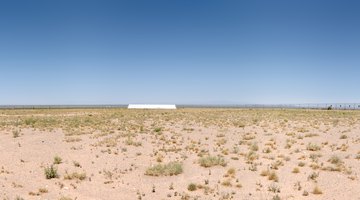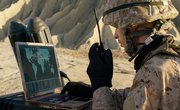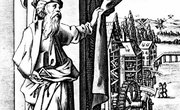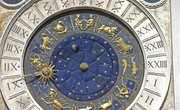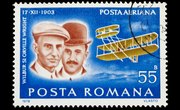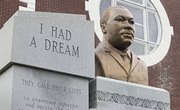1942 was a tumultuous time in world history, with World War II in full swing. With the war first and foremost in the minds of many, the inventions of the year equally reflected the wartime mind. Most 1942 inventions came about because of a military need for better and more powerful weaponry. The Manhattan Project brought about several powerful inventions during this year, while non-weaponry inventions were produced to support the military in some way.
Duct Tape

The Johnson and Johnson Permacel Division created duct tape in 1942. Originally, duct tape was designed to wrap around ammunition cases in order to keep water out. Instead of the standard silver duct tape that is more familiar in present day, duct tape was Army green to disguise it more easily against the cases. The term “duck tape” came about not long after its introduction because of its waterproof status and material it was made from—cotton duck. The tape soon expanded its functions and was used to fix military vehicles, guns and more.
Napalm
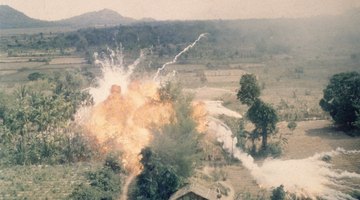
In 1942, chemists at Harvard University, under the direction of Professor Louis F. Fieser, invented the original version of napalm. Originally, napalm was a powdered aluminum soap created from naphthalene and palmitate. The powdery chemical was designed for use in bombs and flame throwers; when combined with gasoline, napalm forms a powerful sticky substance that clung to targets and burned for long periods of time. After the Korean War, the original napalm was replaced by a safer formula of benzene, gasoline and polystyrene.
Guided Missile
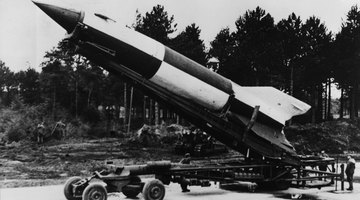
The earliest prototypes of the V-2, the first guided missile, were created in 1936 and 1937 by German scientists. Over the years, the missile underwent several different tests. In 1942, the final prototype was developed. It was first launched on June 13 but subsequently crashed. Another test on August 16 caused the guided missile to be the first to exceed the speed of sound. The third launch on October 3 was the most successful, as the missile reached 50 miles in altitude and a 120-mile range. Despite its invention in 1942, the V-2 was not used in war until 1944.
Atomic Power

Before the creation of the atomic bomb in 1945, atomic power was discovered by a team of American scientists, helmed by Enrico Fermi, in 1942. Using early discoveries about the creation of plutonium, scientists were able to create the first fission chain reaction on December 2, 1942. From the creation of the first source of atomic power, the team then created the first nuclear reactor, designed to mass-produce plutonium safely. This reactor was considered to be a smaller-scale reactor, and larger reactors were produced from this initial design.
Electronic Digital Computer
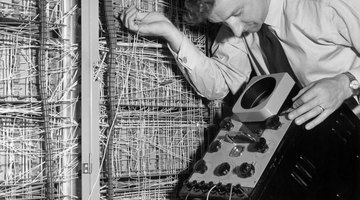
Known as the Atanasoff-Berry Computer, or ABC, the first electronic digital computer was conceptualized in 1937. In 1942, the invention came to fruition and was built at Iowa State University. John Vincent Atanasoff and Clifford Berry created this computer. It featured binary arithmetic, dual processors, regenerative memory and separate functions for computing and memory.
Related Articles
References
Writer Bio
Ticara Gailliard is a college graduate with a degree in communications/film and video production from the University of Memphis. She has been a writer for over 15 years and has been published in local writing magazines such as "Grandmother Earth." She also edited two books for her high school.

